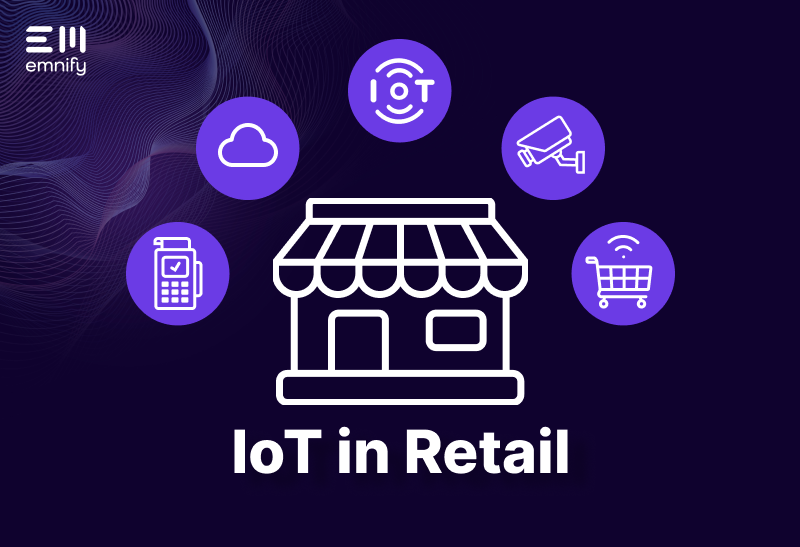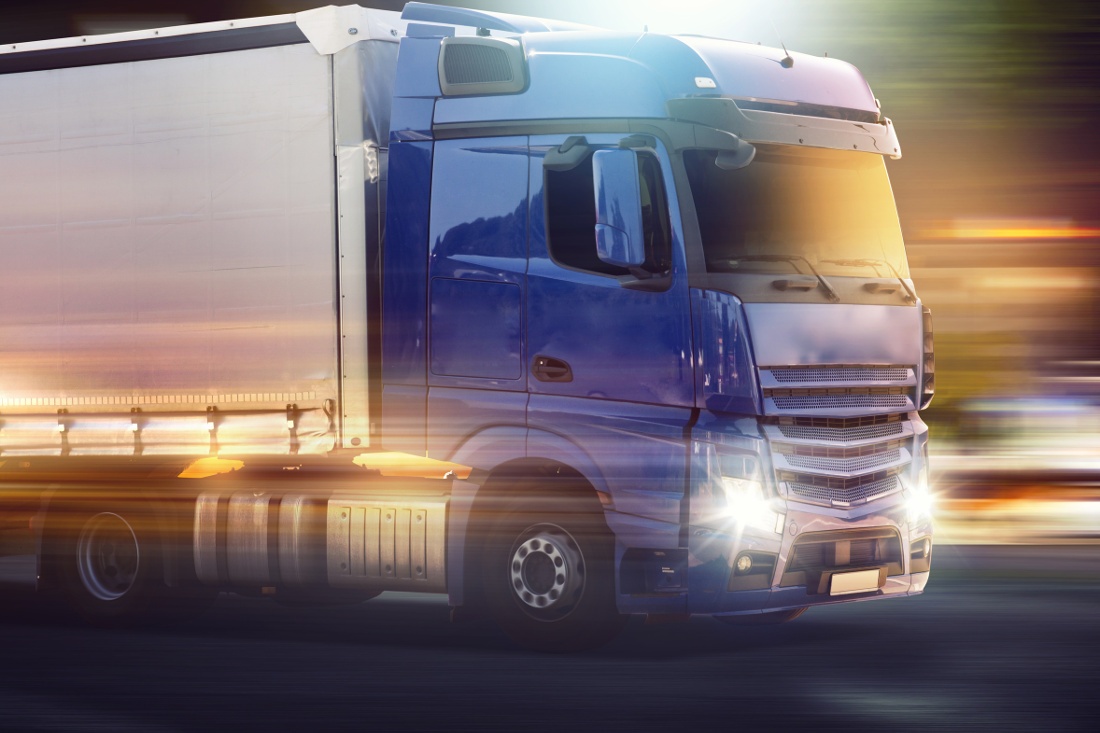

The Internet of Things (IoT) is continuing to revolutionize retail, changing how people shop and optimizing inventory management. While IoT has impacted numerous industries and experiences, it first made its debut in retail more than two decades ago, when Procter & Gamble was exploring the benefits of connecting their radio frequency identification (RFID) system to the Internet.
This one application opened the door to using connected sensors and smart devices to increase visibility and leverage automation throughout stores and across the entire customer journey. Let’s take a look at some of the most significant use cases for IoT in retail.
Applications of IoT in retail
IoT sensors can collect a wide range of measurements, which retailers can use to trigger automated actions and identify problems. Originally, IoT in retail focused on helping businesses manage product inventory at scale, but smart devices have emerged to support the customer experience in more direct, sophisticated ways, too.
Improving inventory management
In retail, keeping shelves stocked and the supply chain running smoothly is critical. But the scale of retail operations makes inventory management difficult. It requires continuous coordination and accurate visibility into where products are, how much stock is available, and the environment in which it’s contained.
Some products need to be stored at specific temperatures or in particular lighting. If the environment changes, the inventory could be lost. IoT sensors can detect these changes and alert employees in time to preserve products and prevent waste. Similarly, IoT sensors can monitor performance of specialized equipment like commercial freezers, refrigerators, and ovens to recognize maintenance problems before they lead to failures that waste inventory.
Retailers can also implement smart shelves with weight sensors, cameras, and other devices that enable the shelf to automatically recognize when inventory is low or improperly displayed. Once stock for a SKU reaches an established threshold, the smart shelf notifies employees that it needs to be restocked. This helps retailers keep inventory on display and improve product visibility, ensuring that customers can find what they need. Additionally, smart shelves equipped with cameras can aid in deterring and identifying theft.
In recent years, alternative fulfillment methods like buy online, pickup in store (BOPIS), curbside pickup, and click-and-collect have seen increased adoption. These omnichannel experiences require retailers to have up-to-date stock information for every location, and may involve transferring stock from one store to another to fulfill an online order (buy online, ship to store). IoT devices facilitate these fulfillment methods by monitoring local inventory and relaying that information in real-time to retail sites and mobile apps.
And of course, IoT still serves its original purpose in retail: connecting RFID systems to the internet. This continues to improve inventory management by helping retailers track where products are, how much stock is left, and what conditions the product requires. Every step of the way, IoT is increasing retailers’ visibility into the supply chain and ensuring they know when more stock is needed, where it will come from, and how soon it will reach its destination.
Enabling occupancy analytics
Tracking the number of bodies in a store and monitoring their movements throughout the facility enables retailers to control capacity, identify congestion, optimize store layouts, address wait times, and more.
It might sound like something from a dystopian film, but consumers are already accustomed to being monitored while they shop. They know there are cameras all throughout the store. IoT sensors just repurpose and supplement these security systems to help retailers use this information in more nuanced ways.
For example, Light Detection and Ranging (LiDaR) strips and blurred vision cameras can detect how many bodies are in line, and a retailer can use this data to evaluate wait times for checkout lines and then either display that information for customers or take measures to reduce waits in the busiest lines.
Retailers can also use sensors to track the flow of customers through the store, mapping the most common paths and identifying where customers linger. This puts theories and assumptions about store layout to the test, helping them recognize the aisles and displays that are truly the most visible. It also shows retailers where consumers may need more help navigating the store or finding what they’re looking for.
Creating new customer experiences
Beacons are an increasingly popular solution retailers are using to engage with customers both inside and outside the store. Using IoT sensors, beacons transmit app messages directly to a consumer’s phone. These messages use deals and customer information to entice people to enter the store when they’re nearby or to divert their attention toward particular parts of the store, ideally based on what they’ve purchased in the past.
Streamlining asset tracking
In retail, asset tracking can refer to either tracking your equipment or tracking individual customer orders as they are fulfilled. Both scenarios are important, and both depend on the Internet of Things.
When things aren’t where they’re supposed to be, connected GPS devices let you see where the floor waxer went, who left the forklift behind the warehouse again, or where your missing shopping carts wound up.
GPS sensors can track your essential equipment as it moves throughout your facility, and RFID tags enable you to track product shipments as they reach checkpoints on their journey to the customer. Today’s consumers expect that when they order something online or need a special order shipped to the store, retailers will be able to tell them how far away it is and when it should arrive.
Connecting point of sale (PoS) terminals
Point of sale systems are a critical component of every retail business, and they rely on connectivity. Whether they’re using a vending machine, a self-serve checkout, or a cash register, customers expect their checkout experience to be smooth, simple, and secure. IoT enables retailers to connect these devices to the cloud, where transactions can update inventory information and sales figures in real-time.
How will you help transform retail IoT?
There’s still plenty of room for improvement in each of these retail processes, and IoT developers continue to innovate and create new solutions that benefit retailers and consumers alike. Are you building an IoT application to enhance the shopping experience or support crucial retail systems? We’d love to hear about it. As a cellular IoT connectivity provider, we can provide the connectivity you need anywhere in the world.
Get in touch with our IoT experts
Discover how emnify can help you grow your business and talk to one of our IoT consultants today!

The content team of emnify is specialized in all things IoT. Feel free to reach out to us if you have any question.

.jpg)